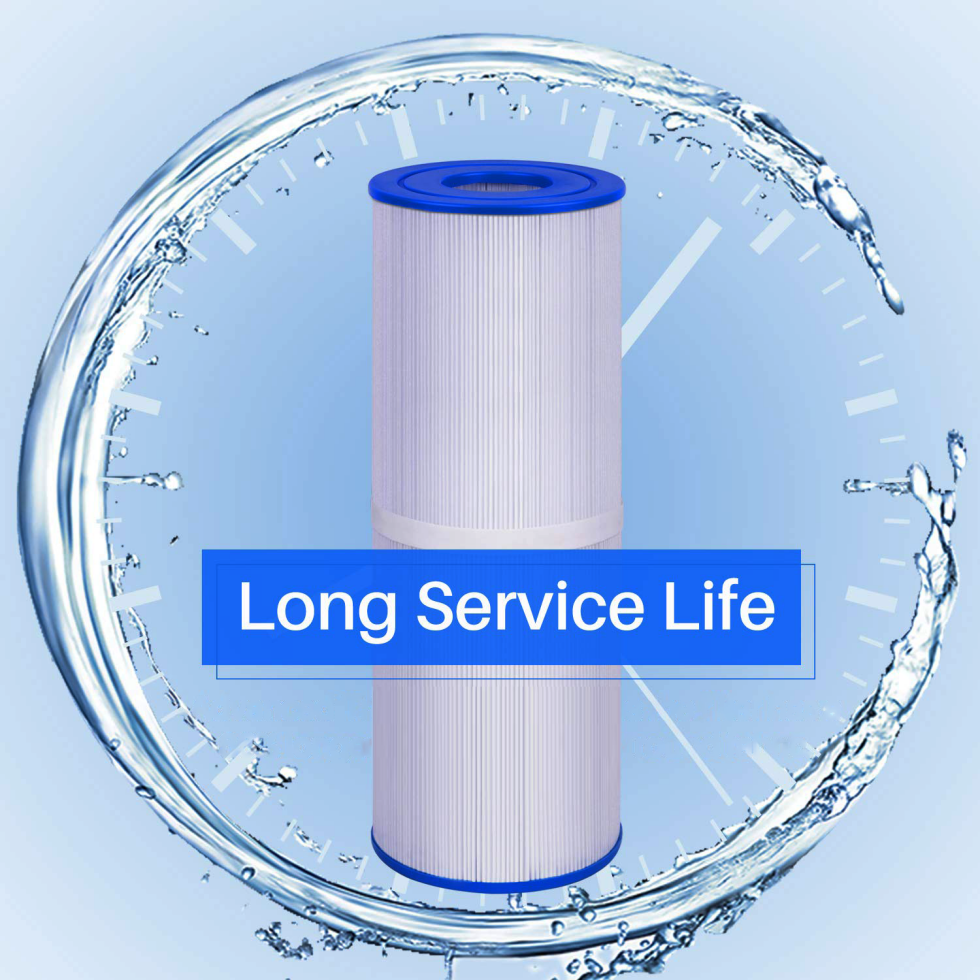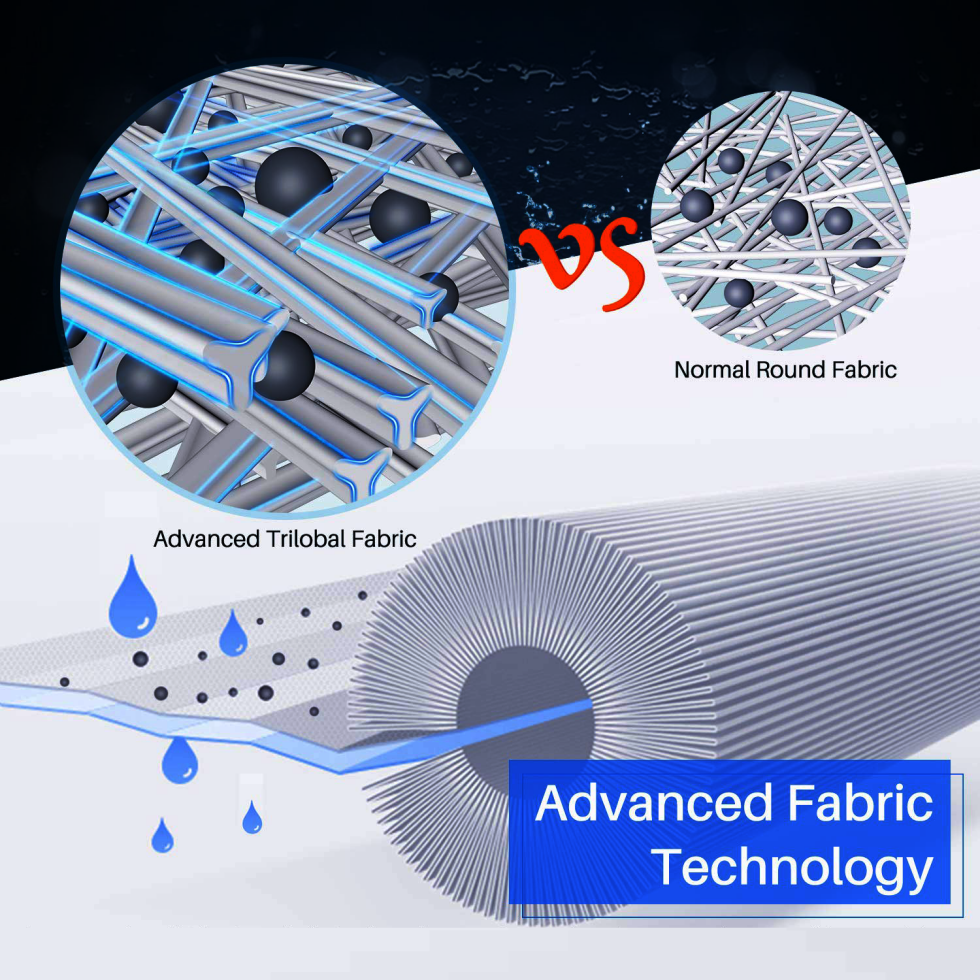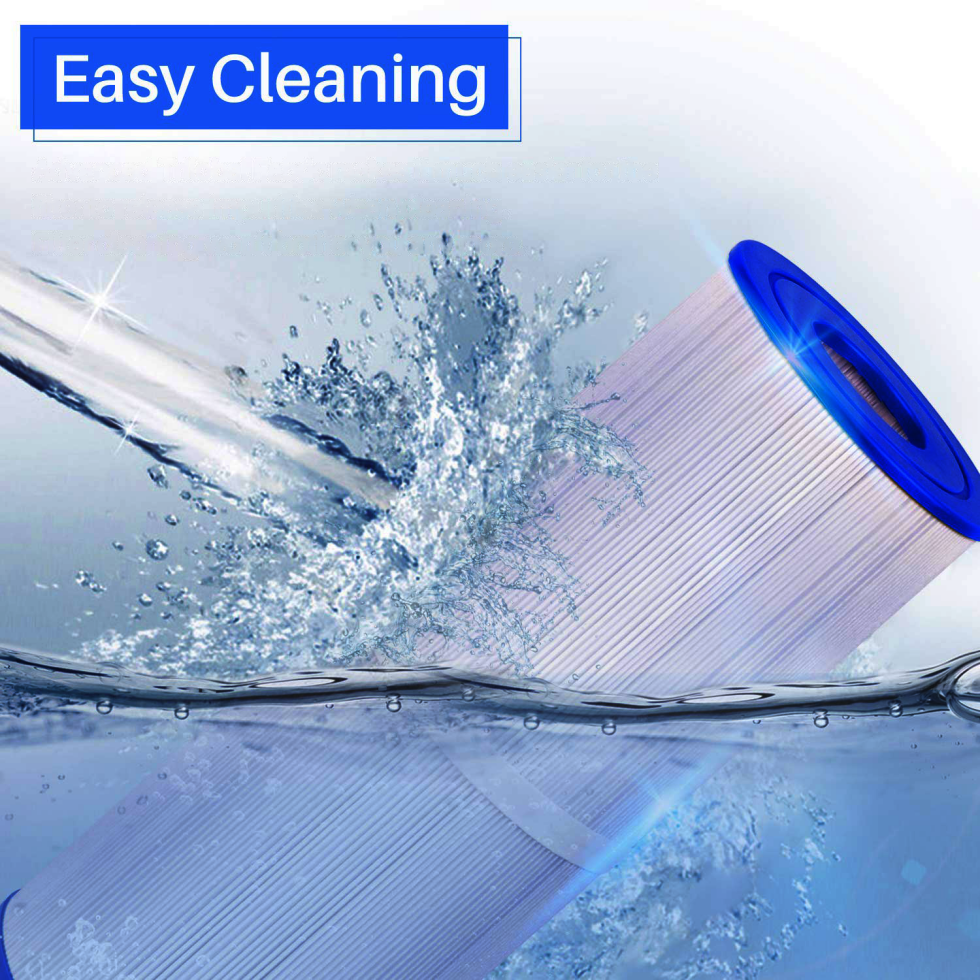1. Regular Cleaning
Frequency: Spa filters should be cleaned at least once a month. However, if the spa is used frequently or in a dusty environment, more frequent cleaning may be required. For example, in a household where the spa is used 3 - 4 times a week, cleaning every two weeks is advisable.
Cleaning Method: Use a specialized spa filter cleaner. Avoid using harsh chemicals as they can damage the filter material. Polyester pleated filters can be gently brushed with a soft - bristle brush to remove trapped debris, while micron filters, due to their fine mesh, should be carefully rinsed with a gentle stream of water.
2. Timely Replacement
Replacement Interval: As mentioned before, most spa filters need to be replaced every 12 - 18 months. Disposable micron filters, with their honeycomb - like appearance, typically require replacement every 3 - 5 months. Do not delay replacement as a worn - out filter cannot effectively remove contaminants, leading to poor water quality and potential damage to the spa's circulation system.
Signs of Replacement: Look for signs such as reduced water flow, difficulty in maintaining clean water, or visible damage to the filter. If the filter is clogged and cleaning does not restore its performance, it's time for a replacement.
3. Proper Installation
Correct Orientation: Ensure that the filter is installed in the correct orientation as indicated by the manufacturer. Incorrect installation can prevent proper filtration and may cause water leaks or damage to the filter housing.
Secure Fitting: Make sure the filter is tightly and securely fitted in its housing. A loose - fitting filter can allow unfiltered water to bypass the filter, defeating its purpose.
4. Monitoring Water Chemistry
Balance Chemicals: Keep the water chemistry in the spa balanced. High levels of chlorine or other chemicals can degrade the filter material over time. Regularly test the water and adjust chemical levels according to the manufacturer's recommendations. For example, the ideal chlorine level in a spa is usually between 1 - 3 parts per million (ppm).
Avoid Chemical Overload: Do not add excessive amounts of chemicals to the spa water at once. Sudden spikes in chemical concentration can not only harm the filter but also irritate the skin and eyes of spa users.
5. Protecting the Filter during Spa Draining and Refilling
Remove Before Draining: Before draining the spa, remove the filter to prevent debris from getting lodged in it during the draining process.
Re - install Carefully: When refilling the spa, make sure the filter is clean and reinstall it carefully. Running the spa without a filter during the refilling process can introduce contaminants into the system.
By following these usage precautions, you can ensure that your spa filter functions effectively, providing clean and safe water for a pleasant spa experience.









